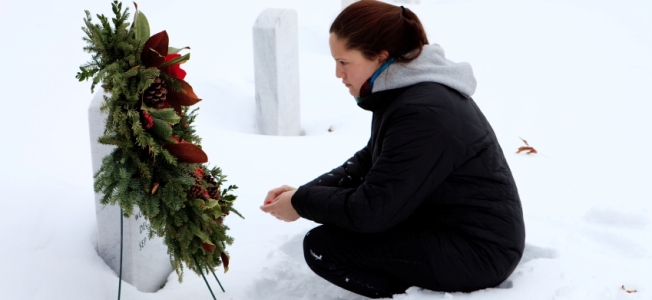A Note to Our Friends on WordPress.com
Last week, we made some technical changes on the back end of Caring with Confidence to add some exciting new features, like our new mobile website. Unfortunately, we just came across one downside: If you follow us through your WordPress account and/or in the WordPress.com Reader, you’re going to stop receiving notifications about our new blog posts. But we can work together to fix that.
We truly respect the family we’ve built here at Caring with Confidence—especially our blogger friends in the WordPress.com community—and we hope that you’ll help us keep that relationship going. To ensure that you hear about all of our latest posts, we invite you to continue following us by entering your email address in the “Email Subscription” form located at the right side of each and every page at http://www.careconfidently.com.
If you already subscribe to us by email, you don’t have to do a thing: you’ll continue to receive email notifications about new posts just as you always have. And if you’re not sure, feel free to check by entering your address in the subscription form. If you receive a message that you’re already subscribed, then you’re all set!
Thank you for helping us keep our community together so that we can continue to support each other in the days, months, and years to come.





























































